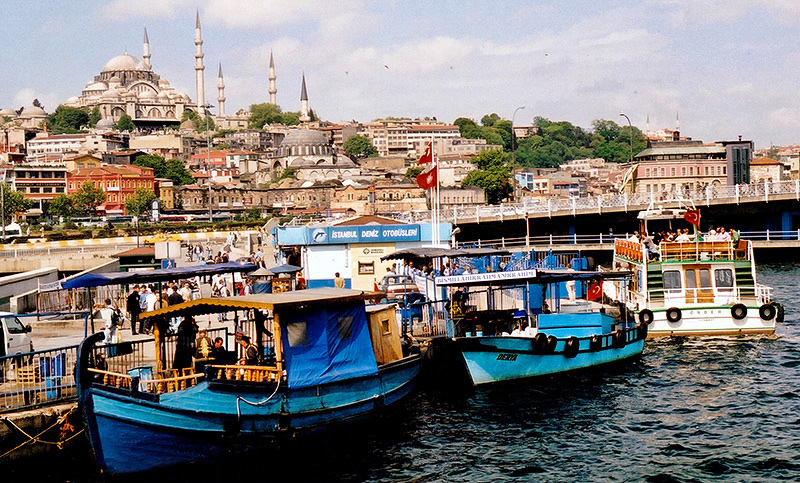
|
Around Old Istanbul
| Greece and Turkey Map | Home | Page 3 of 4 | Page Up | Page Down |
Eminonu
|
|
Eminonu waterfront from across the Golden Horn
|
|
|
| Ritual
Ablutions - Suleymaniye
|
Yeni
Cami
|
Minbar of the Yeni Cami
|
|
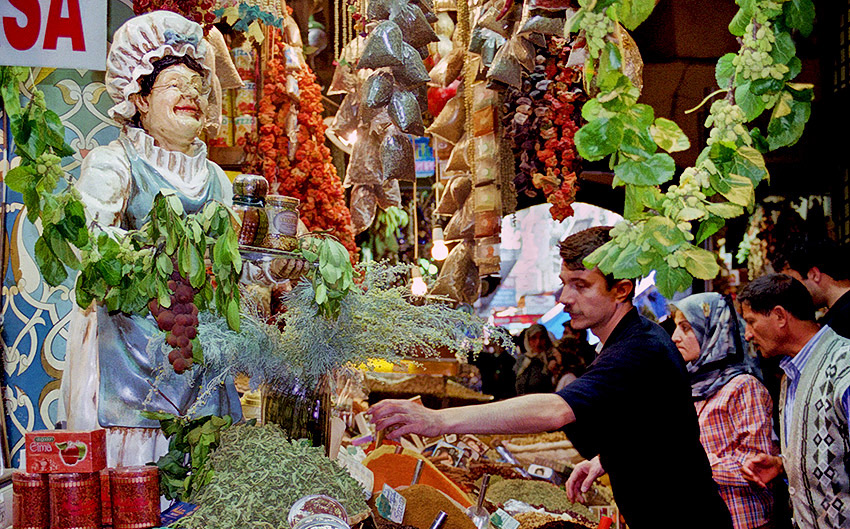 |
|
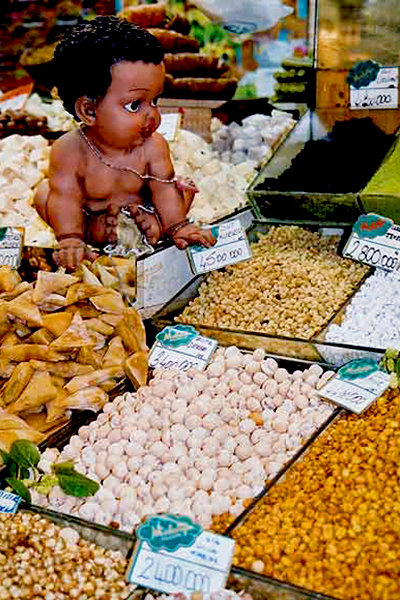 |
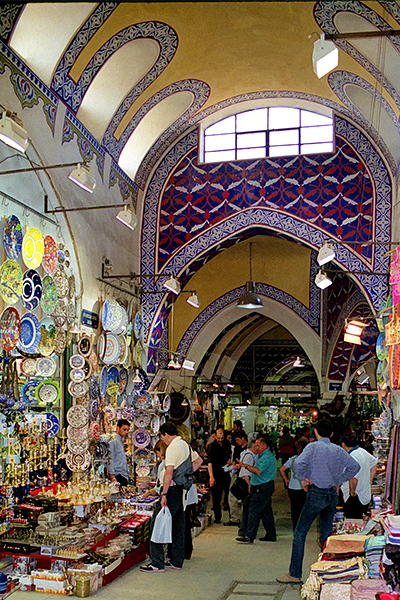 |
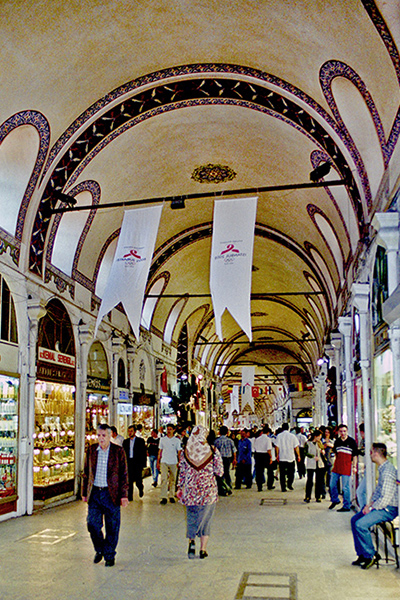 |
The Egyptian Misir Carsisi Spice Bazaar Is much smaller making for a more relaxing shopping expedition
|
|
|
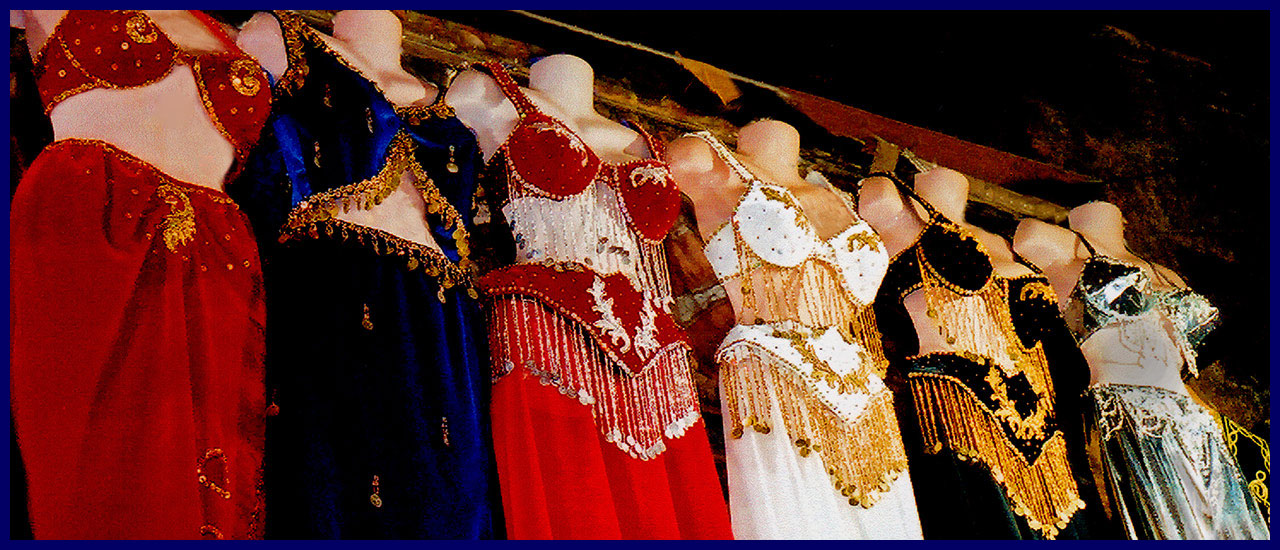
|
|
|
The 180' Galata Tower
|
|
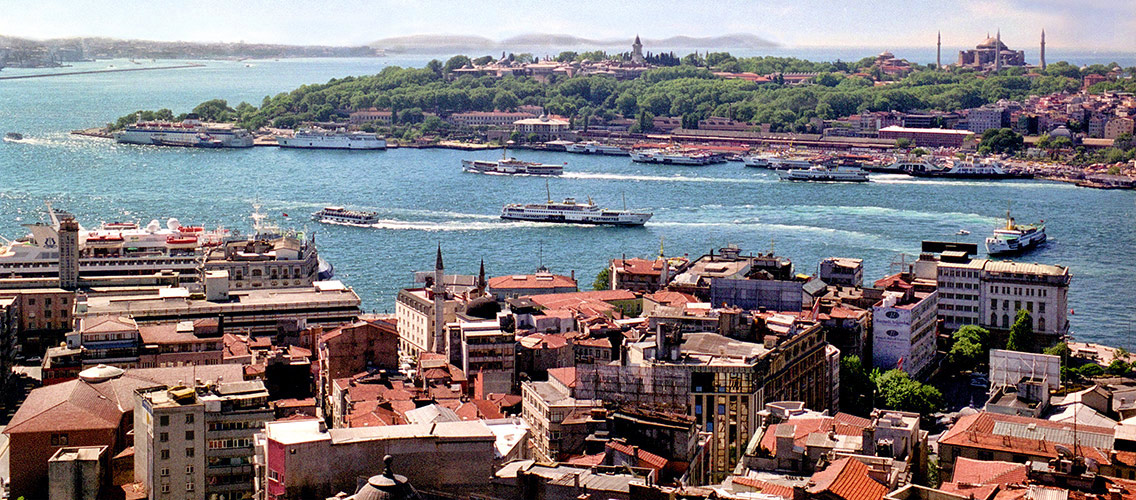
|
|
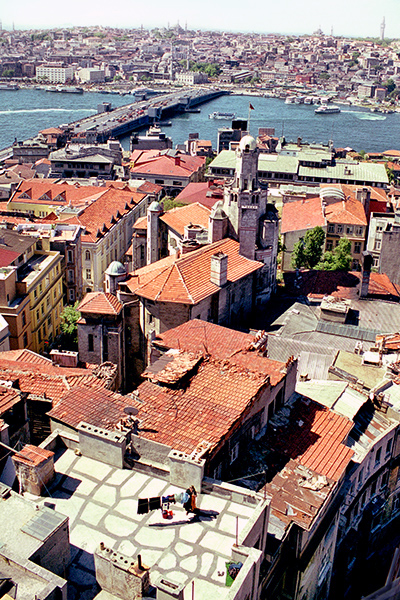
|
The
TŁnel Tram
The Whirling Dervish |
|
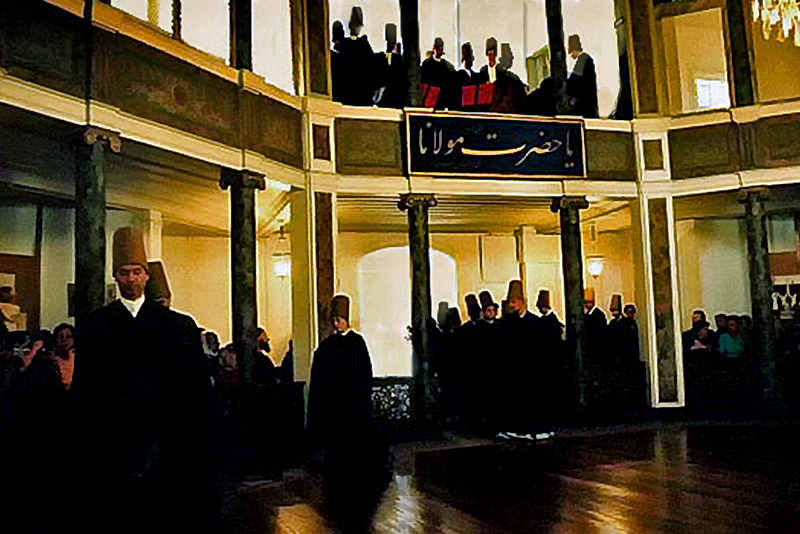 The Dervish enter the Sema Hall led by the dance master and line up to one side, heads bowed |
|
|
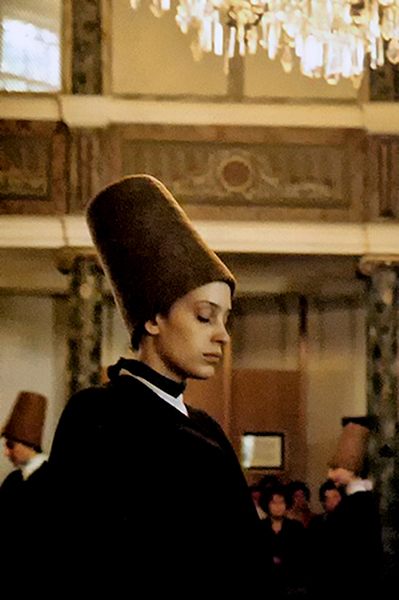 |
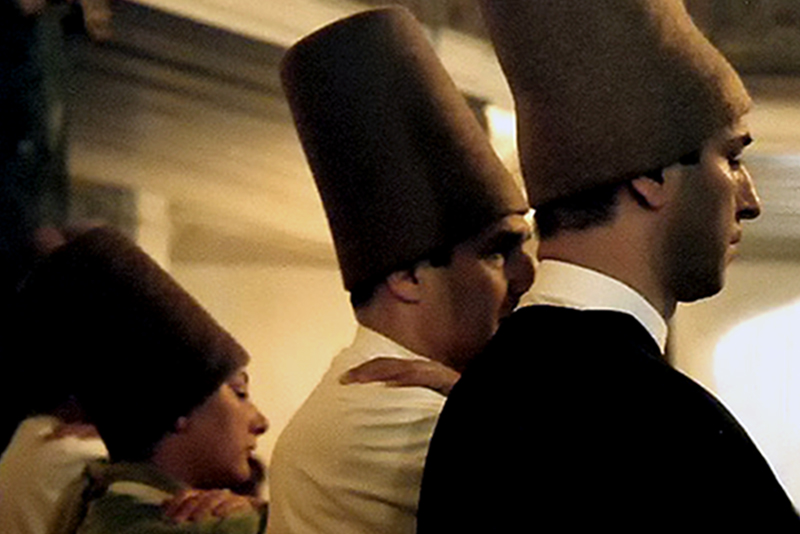
|
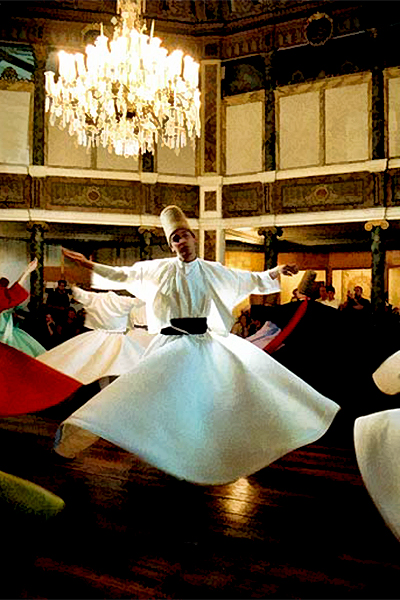 |
|
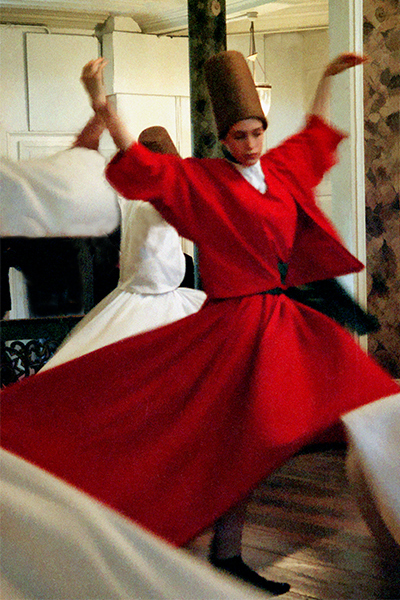 |
|
|
As the semazens turn the dance master 'semazenbashi' slowly walks among
|
them signalling with his eyes or position to correct their speed or posture
|
|
| Greece and Turkey Map | Home | Page 3 of 4 | Page Up | Page Down |